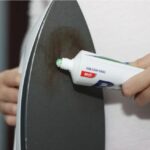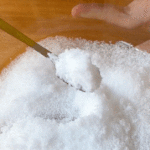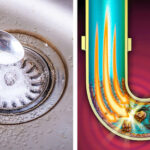The kitchen sink is a breeding ground for bacteria, despite regular cleaning with soap and water. This is why it’s essential to periodically disinfect your kitchen sink.
How to Clean and Disinfect Your Kitchen Sink
– What you’ll need: Dish soap, sponge, bleach, rubber gloves, white vinegar, clean, dry cloth or dish towel.
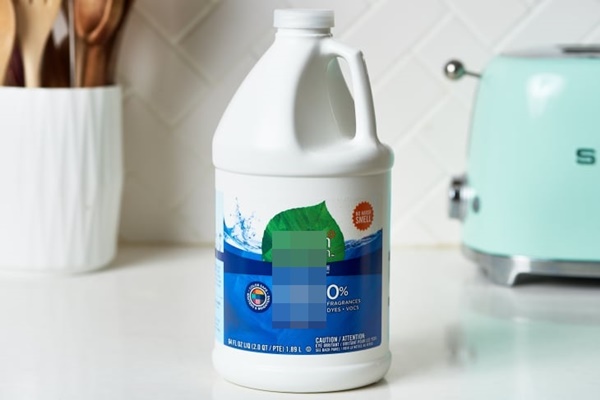
– Instructions:
– Start with an empty sink: If you’re about to clean the sink, make sure it’s empty. No food, dishes, or other items should be left inside.
– Clean the sink with dish soap and warm water: Using warm water and dish soap first will help you clean more quickly and effectively. Use a sponge or microfiber cloth instead of a metal scrubber.
– Fill the sink with water and add bleach, letting it sit for 5 minutes.
– Wipe down the faucet: Use a sponge dipped in bleach solution to wipe down the faucet.
– Rinse and dry the sink: Rinse the sink with water and use a damp sponge to quickly dry it, then air dry.
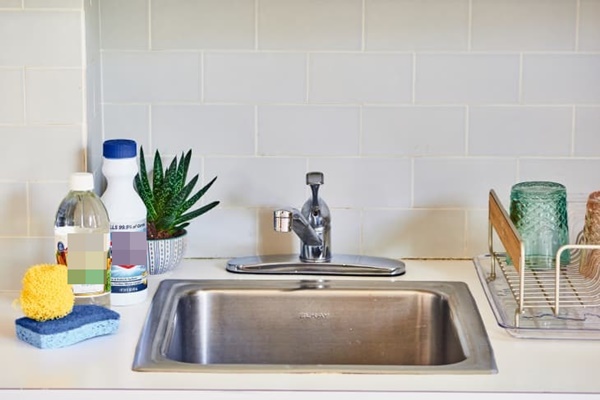
– Polish the sink with vinegar: Once your sink is completely dry, use a solution of half vinegar and half water with a clean, dry cloth or dish towel to polish it.
– Wear rubber gloves to protect your skin from the solutions. If you prefer not to use bleach, you can substitute it with vinegar or hydrogen peroxide. Finally, you can use baking soda to polish the sink.
Notes on Using Bleach
When choosing a disinfectant for your sink, opt for a bleach that is safe for your health. Bleach is a highly effective disinfectant against mold, bacteria, and viruses. However, it can be dangerous if not used properly. Keep the following in mind to ensure safe bleach usage.
– Clean surfaces with soap and water before disinfecting with bleach. Bleach is a disinfectant, not a cleaner. So, make sure to start with a clean surface.
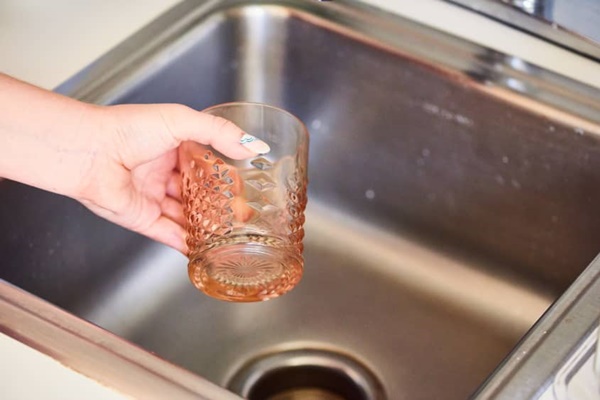
– Don’t overuse bleach: Use just enough bleach, and you can dilute it with water at a 1:1 ratio.
– Never mix bleach with other cleaning agents: The most important rule with bleach is never to mix it with other cleaning agents like vinegar, ammonia, or alcohol. Doing so will create toxic fumes.
– Use cold water, not hot: Hot water breaks down the active ingredient in bleach, so always use cold water when diluting it.
According to Nhịp Sống Việt


























